Salvador's Top 5 Attractions
The best ways to explore Salvador, the birthplace of Brazil.

By:
Robin Bennefield
1. Largo do Pelourinho
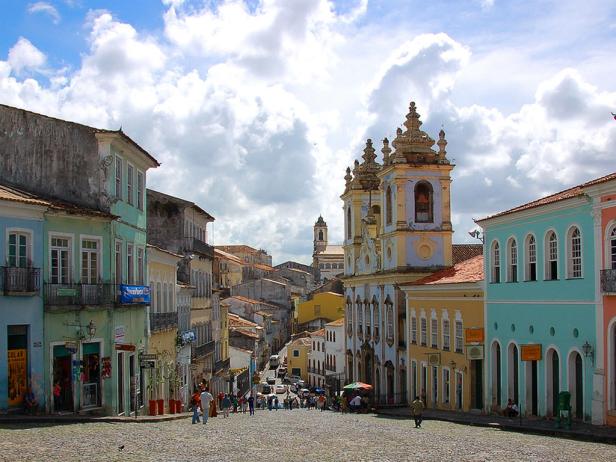
Teddy Sipaseuth, Flickr
If you happen to be in Salvador for Carnival, you can join the crush of drummers, dancers, bands and other revelers squeezing into the square for a last run at debauchery on the eve of Lent. Be sure to look out for Carnival favorites such as the Sons of Gandhi, or “Filhos de Ghandhy,” as the locals call them. Thousands of men in white turbans sing chants of African origin. Meanwhile, the Afro-Brazilian group Ilê Aiyê parades in its trademark yellow, red and black garb. And the cultural group Olodum showcases its infectious samba reggae beats -- a unique mix of merengue, salsa and reggae rhythms.
2. Museu Afro-Brasileiros
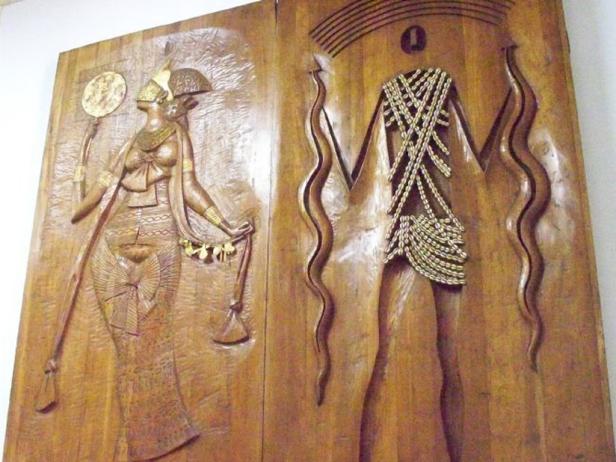
MJ Baumann, Flickr
But the most impressive exhibit is one dedicated to the Orishas -- the deities that the slaves paired with Catholic saints so they could continue to practice their old Yoruba traditions in a new religion called Candomblé. Exquisitely carved wood panels -- over 9 feet tall -- depict 27 of these deities and the spiritual powers that followers believe they possess.
3. Balé Folclorico da Bahia
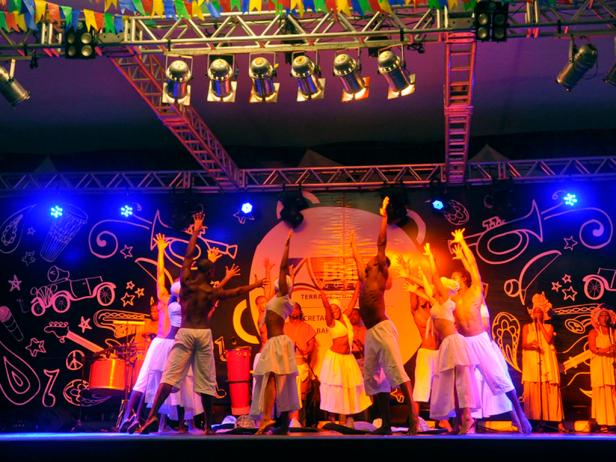
Turismo Bahia, Flickr
Not only do the dancers represent the deities through bursts of color, but through spectacular dances, retelling the legends of the spirits and how they came to be along with rhythmic percussion and song.
4. São Francisco Church and Convent
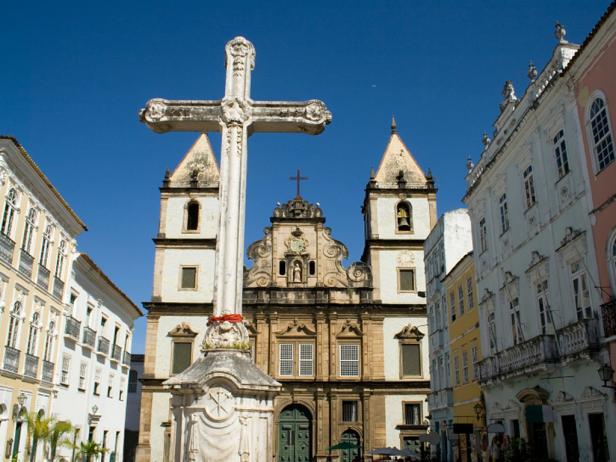
Outside, the convent courtyard features gorgeous blue and white hand-painted Portuguese tiles. Many of the cherubs and other religious ornamentation in the church appear a bit odd and distorted. They were the handiwork of disgruntled slave artisans who were forced into Catholicism and decorated the church with pregnant cherubs and other figures distasteful to their captors.
5. Pierre Verger Gallery
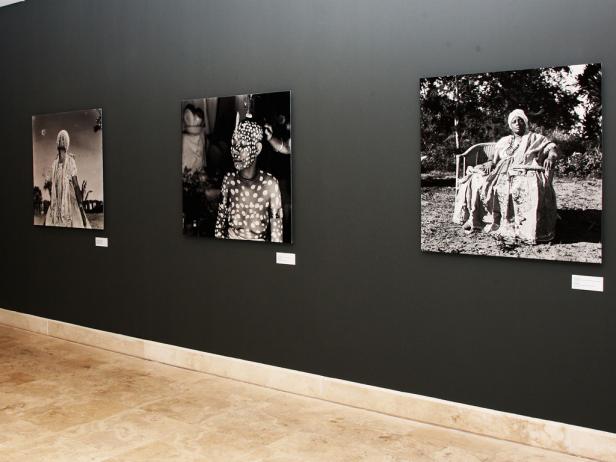
Getty Images
Next Up
Costa Rica's Puerto Viejo Is a Great Off-the-Beaten-Path Pick
Less crowds and more fun on the Caribbean coast.
Off The Beaten Path: Where to Eat in Puerto Viejo, Costa Rica
Enjoy a taste of the Caribbean in this tiny beach town.
Fun Day Trips From Rio
Spend a day outside of Rio de Janeiro to explore the history, culture and beaches within a few hours away.
How to Stay Safe in Rio
Don’t be fooled by the beautiful beaches, friendly people and fun parties. Rio de Janeiro has a reputation for being unsafe for unsuspecting tourists. Stay safe with our helpful tips.
Brazil Trivia Quiz
Test your knowledge about hot Brazilian beaches, attractions, food, music, traditions and popular destinations, including Sao Paulo and Rio de Janeiro. Take our Brazil Trivia Quiz!
The Best of Brazil's Bahia
Go north of Rio to explore the people, cultures and food of Bahia state and its capital, Salvador.
Carnival in Rio de Janeiro
Experience the greatest show on Earth in Rio de Janeiro. Get the inside scoop on the city's epic Carnival celebration, including what you should know about the hottest Carnival parades and balls.
São Paulo Airport Guide
São Paulo's 2 airports -- Guarulhos and Congonhas -- are irksome at best and sheer transportation hell at worst. Here are tips to minimize the pain of using either airport.
Sao Paulo's 6 Must-See Museums
Here's our list of highly recommended museums that art aficionados should visit when in the vibrant metropolis of Sao Paulo, Brazil.
Carnival in São Paulo
Samba your way into a São Paulo carnival parade. Find out why this city’s celebration rivals Rio’s carnival, and where you should go and do to experience the fun, over-the-top festival.
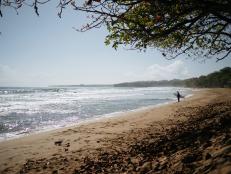
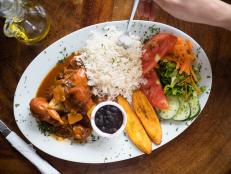
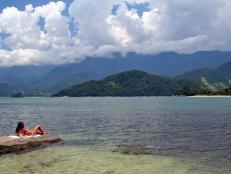
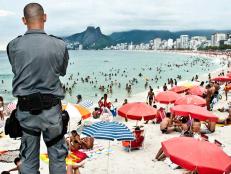

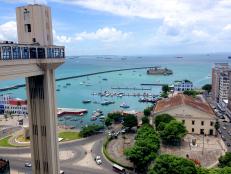
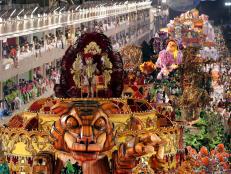
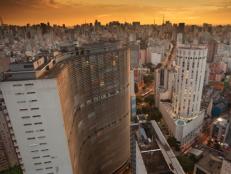
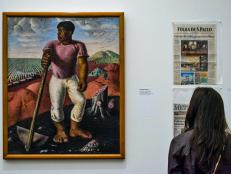
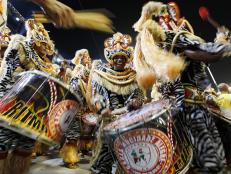

















.jpg.rend.hgtvcom.231.174.suffix/1674758726773.jpeg)











